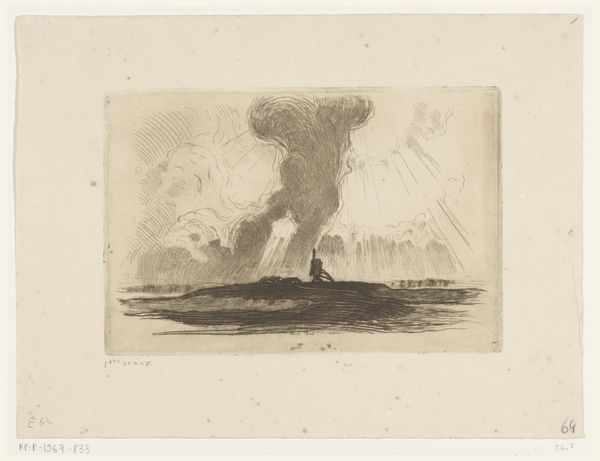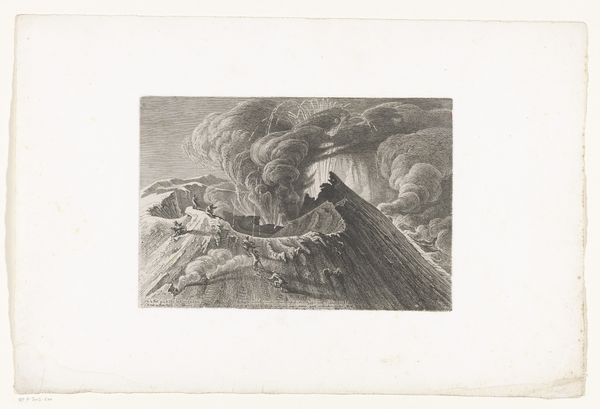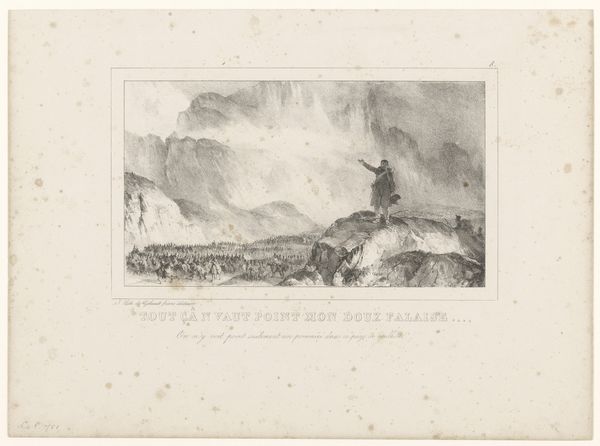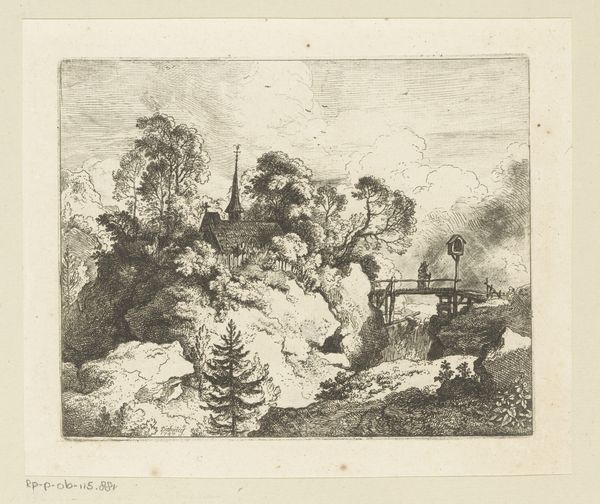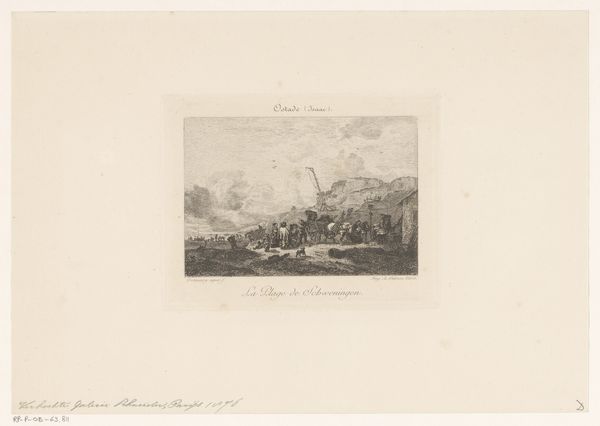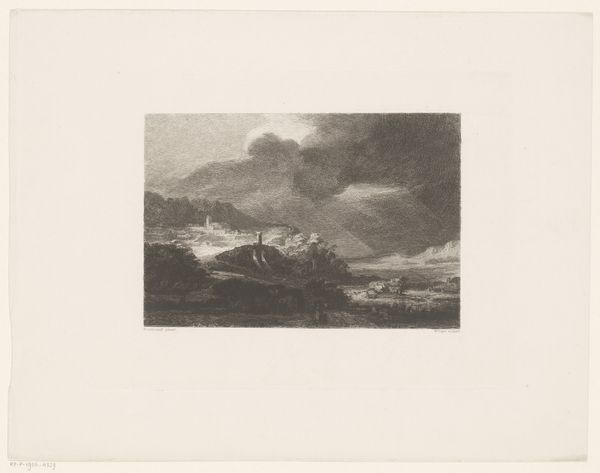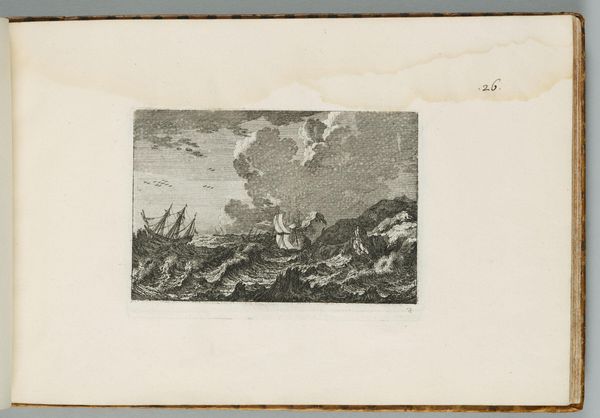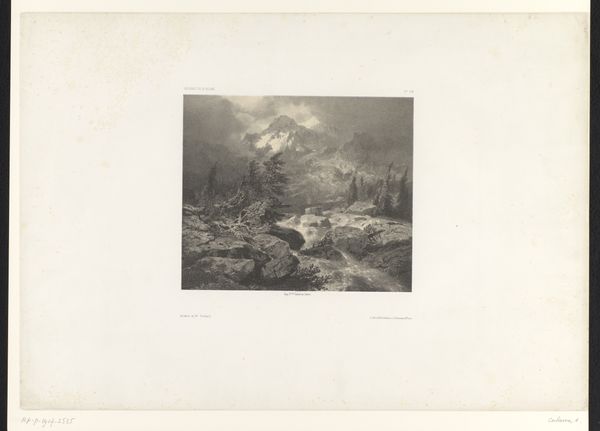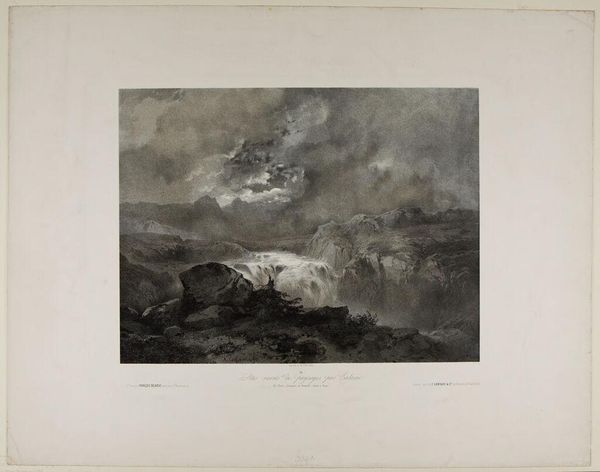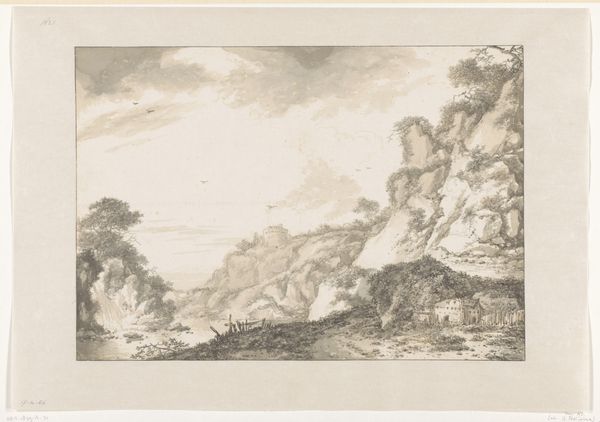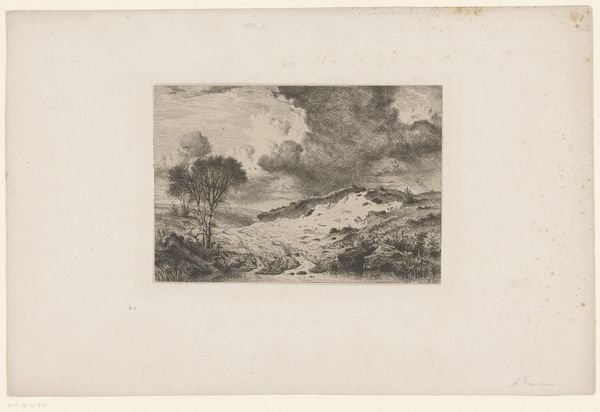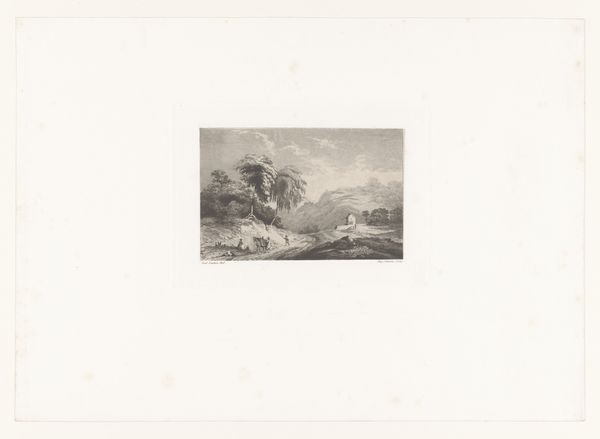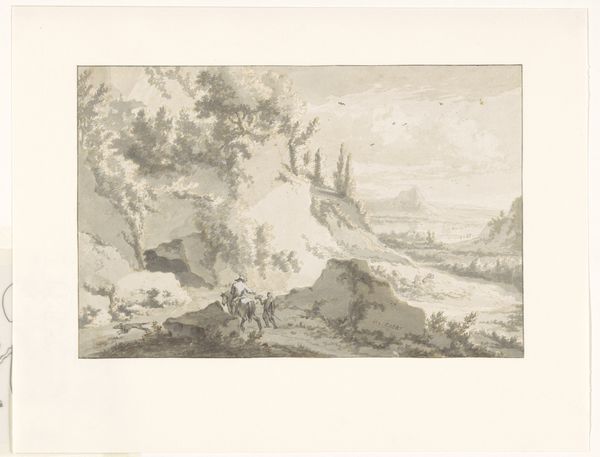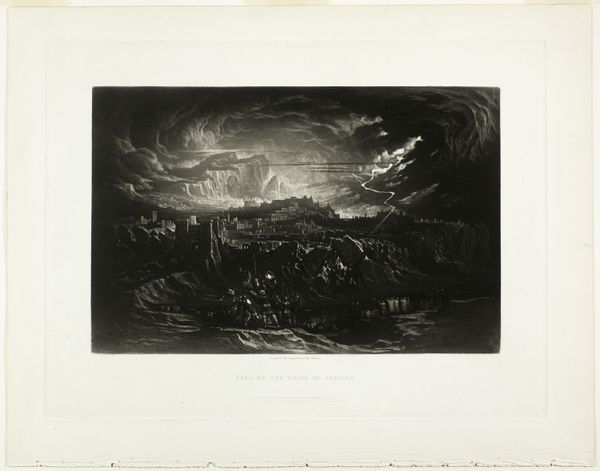
print, etching, drypoint
# print
#
etching
#
landscape
#
drypoint
#
realism
Dimensions: 5 x 7 in. (12.7 x 17.78 cm) (plate)9 1/16 x 11 9/16 in. (23.02 x 29.37 cm) (sheet)
Copyright: Public Domain
Editor: This is George Elbert Burr's "Evening," from around 1920, made using etching and drypoint. The sky is quite dramatic and the composition overall has an almost theatrical feel to it. What elements stand out to you when you view this work? Curator: Primarily, I note the striking contrasts achieved through Burr's expert handling of light and shadow. Consider the dense, almost black, masses of the tree in the foreground against the lighter, subtly modulated tones of the sky. How do these tonal contrasts function within the broader structure of the landscape? Editor: I suppose the contrast directs the eye... towards the center? It’s like the tree frames the buildings in the background. Curator: Precisely. And consider the cloud formation. Notice how the lines converge and dissipate. Observe how this linear quality mimics and reinforces the recession of space. Do you perceive any disruption or disharmony in these patterns? Editor: I don’t think so. It seems balanced; the textures of the clouds and the ground are varied but connect the whole picture. Curator: Indeed. Burr orchestrates a visual experience through these formal relationships. His mastery resides not in a slavish imitation of reality, but in the deliberate articulation of form. Now, consider how a contemporary artwork might pursue similar aims, yet by vastly different means. Editor: I see your point. Looking closely at Burr's textures and light, I can almost understand more abstract artworks too. It really boils down to structure.
Comments
No comments
Be the first to comment and join the conversation on the ultimate creative platform.
